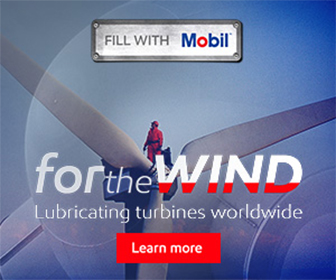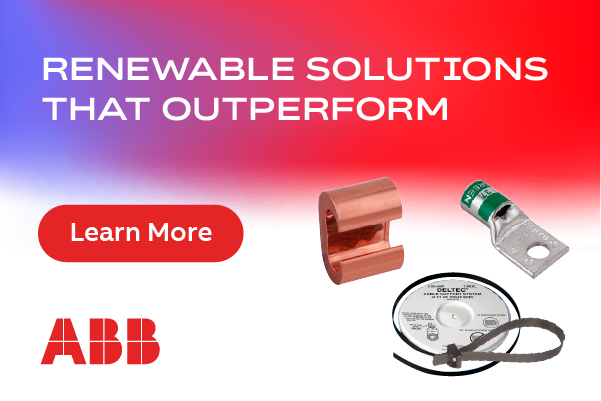DNV Calls for Partners to Enhance Technology Development for Floating Offshore Wind Substations
DNV, the independent energy expert and assurance provider, is looking for partners to launch a new Joint Industry Project (JIP) for floating offshore substations. The objective is to align industry best-practice allowing for an accelerated technology development and to close gaps in available substation standards enabling scaling of floating offshore wind with an acceptable level of commercial, technical, health, safety and environmental risks.
"In DNV's latest Energy Transition Outlook Report, we predict that by 2050, the installed floating wind capacity will have grown to over 260 GW and that the technology will reach commercial-scale deployment in the next 15 years," says Kim Sandgaard-Mørk, Executive Vice President for Renewables Certification at DNV. "Although essential for scaling floating offshore wind farms, floating substations have not received the same degree of attention as their turbine counterparts - therefore we are initiating this JIP."

"Together with partners from the industry, DNV developed the standard DNV-ST-0145 Offshore Substations. Over the past ten years, this standard became widely used in the industry. "The current standard focuses on bottom-fixed substations, but we see a growing trend towards floating wind and we want to use this JIP to support the industry by developing rules applicable for floating substations" says Markus Kochmann, Head of Offshore Substations in Renewables Certification at DNV.
Kristin Nergaard Berg, Senior Principal Consultant at DNV and Project Manager for the JIP adds:" Substations are the heart of each offshore wind farm as they collect the electrical energy produced in wind turbines and convert the electricity for the transfer to consumers onshore via export cables. We see a huge interest from the industry to join our JIP. Over 50 participants from more than 20 companies spanning across the entire value chain for offshore wind joined DNV in a first workshop where the scope of work has been discussed. We plan to carry out the JIP over a period of 1 year, starting in Q4/2021. A call for more interested partners is still open and we are looking forward to welcome more companies onboard to enhance technology development for floating offshore wind substations."
DNV continuously works together with the industry to develop up to date standards and recommended practices tailored to the demands of the advancing renewables market. One of the most-widely used documents is the DNV-ST-0145 standard which provides the technical requirements for the certification of electrical offshore substations. For its latest update more than 500 industry comments were reflected in this standard which is of increased importance as a growing number of projects pursue new concepts. The results of this JIP will be used to update the standard making it applicable for floating offshore substations.
DNV | www.dnv.com









